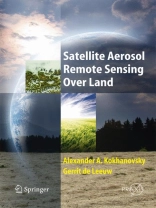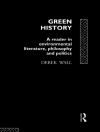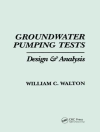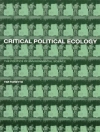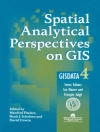Aerosols have a significant influence on the Earth’s radiation budget, but there is considerable uncertainty about the magnitude of their effect on the Earth’s climate. Currently, satellite remote sensing is being increasingly utilized to improve our understanding of the effect of atmospheric aerosols on the climate system.
Satellite Aerosol Remote Sensing Over Land is the only book that brings together in one volume the most up-to-date research and advances in this discipline. As well as describing the current academic theory, the book presents practical applications, utilizing state-of-the-art instrumentation, invaluable to the work of environmental scientists.
With contributions by an international group of experts and leaders of correspondent aerosol retrieval groups, the book is an essential tool for all those working in the field of climate change.
Tabla de materias
The dark-land MODIS collection 5 aerosol retrieval: Algorithm development and product evaluation.- The time series technique for aerosol retrievals over land from MODIS.- Iterative procedure for retrieval of spectral aerosol optical thickness and surface reflectance from satellite data using fast radiative transfer code and its application to MERIS measurements.- Aerosol retrieval over land using the (A)ATSR dual-view algorithm.- Aerosol optical depth from dual-view (A)ATSR satellite observations.- Oxford-RAL Aerosol and Cloud (ORAC): aerosol retrievals from satellite radiometers.- Benefits and limitations of the synergistic aerosol retrieval SYNAER.- Retrieval of aerosol properties over land using MISR observations.- Polarimetric remote sensing of aerosols over land surfaces.- Optimal estimation applied to the joint retrieval of aerosol optical depth and surface BRF using MSG/SEVIRI observations.- Remote sensing data combinations: superior global maps for aerosol optical depth.
Sobre el autor
Alexander Kokhanovsky:
For the last two decades Dr Alexander Kokhanovsky has worked in the Laboratory of Light Scattering Media Optics in the Institute of Physics in Minsk. He is currently working with the SCIAMACHY algorithm development team at the Institute of Environmental Physics in Bremen (Germany). The main thrust of the research is the development of new cloud retrieval algorithms for water and ice clouds as seen by the spectrometer SCIAMACHY (in space from 2002). He is the editor of three volumes of Light Scattering Reviews – 1, 2 and 3 (the latter is due in January 2008), and is the author of several Springer Praxis books, including: Light Scattering Media Optics (1999, 2001, 2004), Polarization Optics of Random Media (2003), Cloud Optics (2006) and Aerosol Optics, due in November 2007.
Gerrit de Leeuw:
Following professorships at the Universities of Sunderland and Leeds in the UK, Professor Gerrit de Leeuw was appointed professor at the University of Helsinki in 2007. He currently works at both that university and the Finnish Meteorological Institute (FMI) and is also Associate Editor to the AGU Journal of Geophysical Research – Atmospheres. His primary interest is in the physical processes in the atmosphere, with applications in the fields of radiative effects of the atmosphere (climate), pollution (air and water: effect on eco-systems and air quality) and atmospheric effects on electro-optical systems performance. Gerrit de Leeuw’s main expertise is in the field of the physics of air-sea exchange: aerosols, gases (in particular CO2), momentum, heat and water vapor. He has contributed to many international and multidisciplinary field and laboratory experiments and his remote sensing expertise has frequently been called upon for ESA and EU projects, both as regards instrument development and applications to climate change and air quality.
